I'm currently using AngularJS and Three.js to try to develop a small example of a VR application. I have defined controls based on whether the user agent is a mobile device or not. It's a dodgy method, but it's just an example. OrbitControls are used on non-mobile devices, and DeviceOrientationControls are used otherwise.
var controls = new THREE.OrbitControls(camera, game.renderer.domElement);
controls.noPan = true;
controls.noZoom = true;
controls.target.set(
camera.position.x,
camera.position.y,
camera.position.z
);
// Really dodgy method of checking if we're on mobile or not
if(/Android|webOS|iPhone|iPad|iPod|BlackBerry|IEMobile|Opera Mini/i.test(navigator.userAgent)) {
controls = new THREE.DeviceOrientationControls(camera, true);
controls.connect();
controls.update();
}
return controls;
I also created a few objects to actually display.
this.camera = new THREE.PerspectiveCamera(90, window.innerWidth / window.innerHeight, 0.001, 1000);
this.camera.position.set(0, 15, 0);
this.textGeometry = new THREE.TextGeometry("Hello World", { size: 5, height: 1 });
this.textMesh = new THREE.Mesh(this.textGeometry, new THREE.MeshBasicMaterial({
color: 0xFF0000, opacity: 1
}));
this.textMesh.position.set(-20, 0, -20);
this.light = new THREE.SpotLight(0x999999, 3, 300);
this.light.position.set(50, 50, 50);
this.floorGeometry = new THREE.PlaneBufferGeometry(1000, 1000);
this.floorTexture = THREE.ImageUtils.loadTexture('img/textures/wood.jpg');
this.floorTexture.wrapS = THREE.RepeatWrapping;
this.floorTexture.wrapT = THREE.RepeatWrapping;
this.floorTexture.repeat = new THREE.Vector2(50, 50);
this.floorTexture.anisotropy = this.game.renderer.getMaxAnisotropy();
this.floorMaterial = new THREE.MeshPhongMaterial({
color: 0xffffff,
specular: 0xffffff,
shininess: 20,
shading: THREE.FlatShading,
map: this.floorTexture
});
this.floor = new THREE.Mesh(this.floorGeometry, this.floorMaterial);
this.floor.rotation.x = -Math.PI / 2;
this.scene.add(this.textMesh);
this.scene.add(this.light);
this.scene.add(this.floor);
this.scene.add(this.camera);
This works fine on Chrome for OSX, Safari for OSX & Safari on iPad (including device orientation controls where appropriate).
The problem occurs when running the application on Chrome for Android. The spotlight that has been added to the scene will constantly be pointed in the same direction as the camera. Here is a screenshot of the application running on Android:
On every other browser I have tried to use, the light is positioned at (50, 50, 50) correctly and remains static. In the example above, the light is being rendered in the middle of the camera, and continues to follow the camera when it is moved or rotated. The actual orientation controls work just fine.
The fact that this only happens in one browser is really giving me headaches, as the demo needs to run on Chrome for Android.
Thanks.
Update: Have been attempting many different solutions from different control methods to different types of lighting to no avail.
